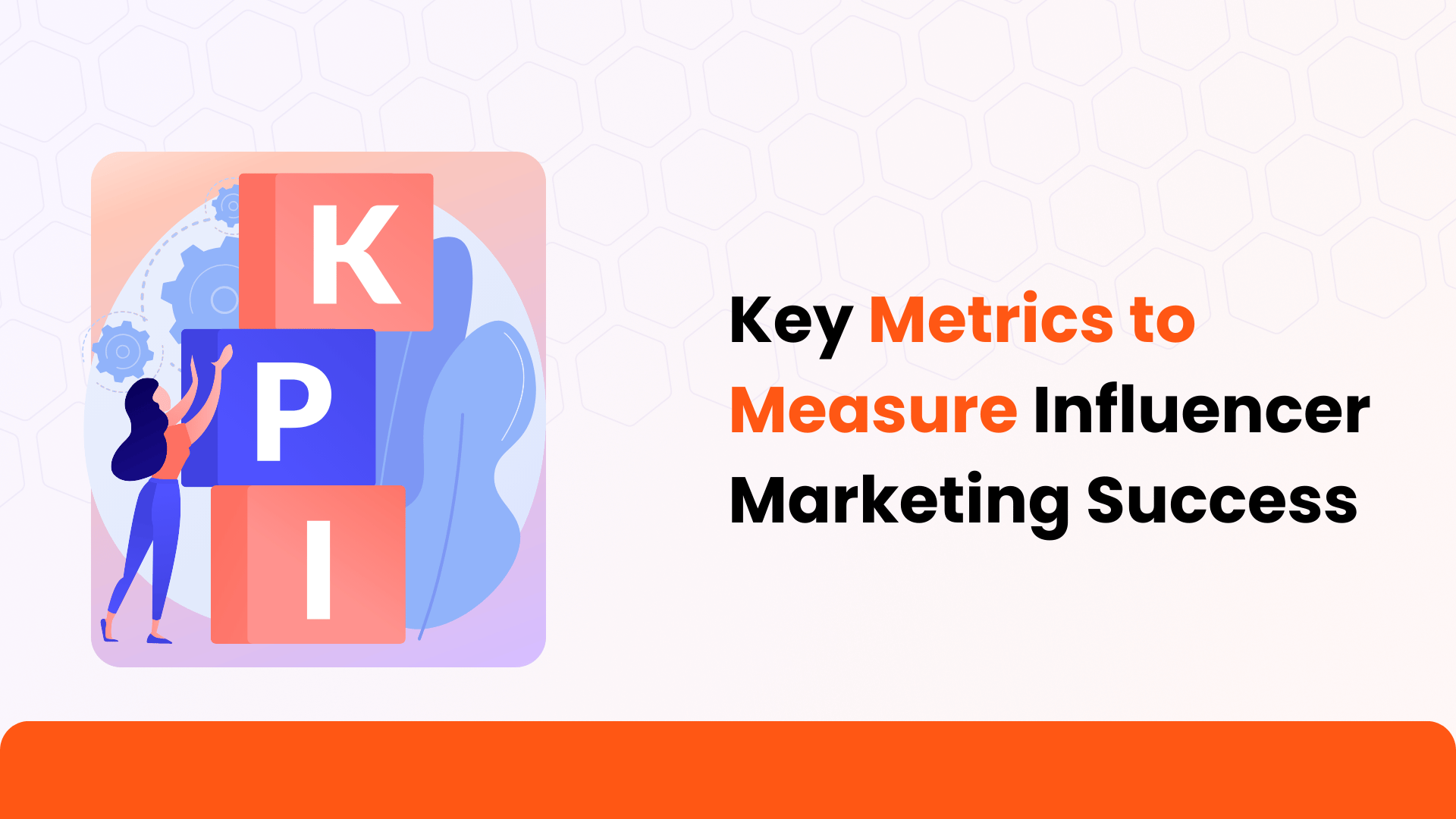Influencer marketing is more than just brand promotion—it’s a full-fledged marketing strategy that thrives on authenticity and connection. It evolved from simple endorsements to a complex ecosystem where brands, influencers, and followers form a symbiotic relationship. In a landscape where traditional advertisements feel less engaging, influencer marketing provides an authentic approach.
What is an Influencer?
To understand influencer marketing, it’s essential to define what an influencer is. Influencers are individuals who have established credibility in a specific industry, often sharing personal stories, reviews, or advice that resonates with a loyal following. They can range from nano-influencers (1,000-10,000 followers) to A-listers (over a million followers), each catering to different audience segments. From fitness coaches and tech reviewers to fashion icons, influencers represent relatable, trusted voices in the digital world. Identifying and Analyzing YouTube Influencers
Understanding Influencer Marketing
Influencer marketing is essentially a form of social media marketing where brands collaborate with individuals who have significant online followings, known as influencers. Unlike traditional ads, influencer marketing is about creating authentic connections. When an influencer talks about a product they genuinely like, it resonates with their followers in a way that feels organic and personal. Ultimate Influencer Marketing Checklist for Brands: 12 Best Practices
How is Influencer Marketing Different from Celebrity Endorsements?
While celebrity endorsements have been around for decades, influencer marketing is different. Celebrities appeal to mass audiences, but influencers often target specific niches, making it easier for brands to reach the right audience. Unlike celebrity endorsements, where a famous person might promote a brand on TV or in magazines, influencers are known for their niche content on platforms like Instagram, YouTube, and TikTok. This specificity gives brands a more targeted reach, often with a stronger return on investment. Influencer Marketing vs Social Media Marketing
Why Does Influencer Marketing Work?
The answer is simple: trust. Consumer Trust in Influencers: Influencers are seen as relatable, real people, creating a sense of trust that traditional ads often lack. 41% of consumers discover at least one new brand or product through influencers every week, showcasing the impact of influencer recommendations. A Complete Guide to Influencer Marketing in 2025
Popular Platforms for Influencer Marketing
Instagram: Instagram is a leading platform for influencer marketing, especially popular for its visual appeal and storytelling capabilities. With features like Stories, Reels, and carousels influencers can create short-form content that’s easily digestible and highly engaging.
Reels, in particular, have boosted Instagram’s role in influencer marketing, enabling influencers to quickly connect with audiences through fun, relatable, and informative snippets.
TikTok: TikTok’s bite-sized video format has revolutionized influencer marketing by focusing on entertainment and creativity. Known for its trending challenges, dances, and viral moments, TikTok is particularly effective at reaching younger audiences. The platform’s unique algorithm allows even new creators to gain massive visibility, making it a powerful place for influencers and brands to build momentum and foster community engagement.
YouTube: YouTube remains the primary platform for long-form content, where influencers create detailed product reviews, tutorials, and lifestyle vlogs. It’s ideal for in-depth brand storytelling, enabling influencers to share authentic, informative content that builds trust. With a dedicated subscriber base and high retention rates, YouTube helps influencers engage audiences over extended periods, making it a prime choice for brands aiming for deeper engagement.
LinkedIn: LinkedIn caters to professional influencers and industry thought leaders. It’s particularly popular for B2B brands looking to connect with professionals in fields like marketing, tech, and finance. LinkedIn’s audience is typically business-focused, making it an ideal platform for influencers who share insights, case studies, and professional content that resonates with decision-makers and industry peers.
Facebook: Facebook supports community-driven influencers, especially within niche groups and local communities. Influencers on Facebook often leverage groups to foster discussions around specific interests, from parenting to hobbies. With its vast global user base and robust group engagement, Facebook remains valuable for brands targeting community-focused content and interactive campaigns, especially for broader and older audiences.
With so many platforms coming into the picture, influencer marketing is becoming important more than ever. Read this blog on Is Influencer Marketing Important in 2025? to know more.
The Landscape of Influencer Marketing in 2025
In 2025, we’re seeing some notable trends shaping the influencer landscape:
AI-Generated Content: Influencers in 2025 are utilizing AI tools to create visuals and captions, accelerating content production and enhancing engagement. AI-generated elements add a new level of creativity, making posts more dynamic and visually appealing.
Shorter Videos Dominate: Bite-sized videos remain at the forefront, with platforms prioritizing content that captures attention in seconds. Influencers are focusing on concise, impactful videos that boost engagement and keep audiences interested in fast-paced content.
Employee-Generated Content: Brands are increasingly empowering employees to share authentic content, turning them into relatable brand advocates. Employee-generated content resonates as it provides a real, inside look at a brand’s culture and values.
Reimagined Affiliate Models: In industries like finance, new affiliate structures are emerging, with performance-based influencer partnerships. This model emphasizes measurable outcomes, allowing brands to reward influencers for driving tangible results, such as sign-ups or conversions. Find Influencers 2025
What Makes a Successful Influencer Marketing Campaign?
A successful campaign often starts with identifying the “3 R’s” of influencer marketing:
Relevance: Ensure the influencer aligns with your brand values and target audience. Their content should naturally reflect your brand’s ethos, making recommendations feel authentic. For example, a sustainable brand would work best with influencers advocating eco-friendly practices, creating a genuine connection with their followers.
Reach: Look beyond follower count and focus on audience engagement. A smaller but highly engaged audience (like that of a micro-influencer) can drive better results than a massive but passive following. The key is to evaluate metrics like engagement rates and audience demographics to find influencers with a strong, active community.
Resonance: Choose influencers who inspire their audience to take action. Resonance is about storytelling and content that feels organic, making followers more likely to engage or purchase. High-resonance influencers seamlessly integrate products into their content, demonstrating value in ways that captivate their audience.
Focusing on these three elements—alignment, engagement, and inspiring content—creates campaigns that feel authentic, reach the right people, and encourage meaningful action. With these factors in mind, a well-executed influencer campaign will not only reach a brand’s target audience but also engage them on a deeper, personal level.
Common Influencer Marketing Mistakes to Avoid
Like any strategy, influencer marketing has common pitfalls that can limit effectiveness. Avoiding these mistakes ensures campaigns are impactful, authentic, and resonate with target audiences, maximizing both reach and engagement.
Relying on Follower Count Alone: Choosing influencers based solely on follower count without assessing audience relevance can lead to low engagement. It’s essential to prioritize audience alignment over sheer numbers to reach the right people effectively.
Unclear Campaign Goals: Without defined goals, it’s challenging to measure success or return on investment. Clear objectives provide direction, helping brands track results, optimize performance, and ensure each campaign achieves its intended outcomes.
Micromanaging Content: Over-controlling content stifles the influencer’s authentic voice, making posts feel forced. Allowing influencers creative freedom helps keep the content genuine and relatable, resonating more effectively with their audience.
Why Influencer Marketing is on the Rise in 2025
The growth of influencer marketing has been explosive, and by 2025, it shows no signs of slowing down. Several factors are driving this trend:
Consumer trust in influencers is high: 41% of consumers discover new brands or products weekly through influencers.
Shift toward niche influencers: Micro and nano-influencers with smaller but engaged followings allow for targeted, genuine connections.
Rise of AI and immersive tech: AI-generated content and metaverse experiences enable influencers to create engaging, interactive campaigns.
Diverse platform options: Short-form videos on TikTok and Amazon’s Creator Central in India give influencers more space to connect with audiences.
Scalability and cost-effectiveness: Influencer marketing remains a powerful, adaptable tool for brands to reach and resonate with audiences. Influencer Marketing Best Practices in 2025
The Role of Influencer Marketing Platforms
Influencer marketing platforms like Qoruz, Grin, and Traackr have revolutionized how brands connect with and manage influencers. These platforms simplify the process of discovering relevant influencers, tracking performance, and managing campaigns. With advanced search and audience insights, brands can find influencers who genuinely align with their target demographics, moving beyond follower count as the main criterion.
Additionally, these tools provide centralized campaign management, enabling brands to oversee content, streamline workflows, and monitor engagement and ROI in real time. They also support compliance with advertising guidelines, ensuring contracts and payments are transparent and efficient. In 2025, such platforms will remain essential for brands looking to create data-driven, efficient, and impactful influencer marketing campaigns. How to Choose an Influencer Marketing Platform
The Future of Influencer Marketing
Looking ahead, influencer marketing is set to evolve even further. With the rise of the metaverse, influencers may soon be interacting with fans in virtual spaces, providing unique and immersive experiences. Brands are starting to experiment with virtual influencers—computer-generated personalities with lifelike qualities that appeal to specific demographics.
Additionally, major players like Amazon have recognized the value of influencer marketing. With the launch of Creator Central in India, Amazon empowers Indian influencers to promote products seamlessly, showing that influencer marketing is not just a trend; it’s a staple in modern marketing.
In Conclusion
Influencer marketing isn’t just a fad; it’s a powerful tool in the marketing world. With authentic connections, relatable personalities, and carefully crafted content, brands can reach audiences on a whole new level. The key is finding the right influencer, setting clear goals, and ensuring that campaigns resonate with the target audience. As the landscape grows with new trends and technologies, influencer marketing continues to be a game-changer in how brands connect with consumers.




Leave a Comment